
The Xingu River is revered as the “house of God” by the Indigenous people living along its Volte Grande, or Big Bend, in the Brazilian Amazon. The river is essential to their culture and religion, and a crucial source of fish, transportation, and water for trees and plants.
Five years ago, the Big Bend was a broad river valley interwoven with river channels teeming with fish, turtles, and other wildlife. Today as much as 80 percent of the water flow is gone.
That’s because, in late 2015, the massive Belo Monte Dam project began redirecting water from the Xingu River upstream from the Big Bend, channeling it through a canal to a giant new reservoir. The reservoir now powers one of the largest hydropower dams in the world, designed with enough capacity to power around 20 million households, though it has been producing far less.
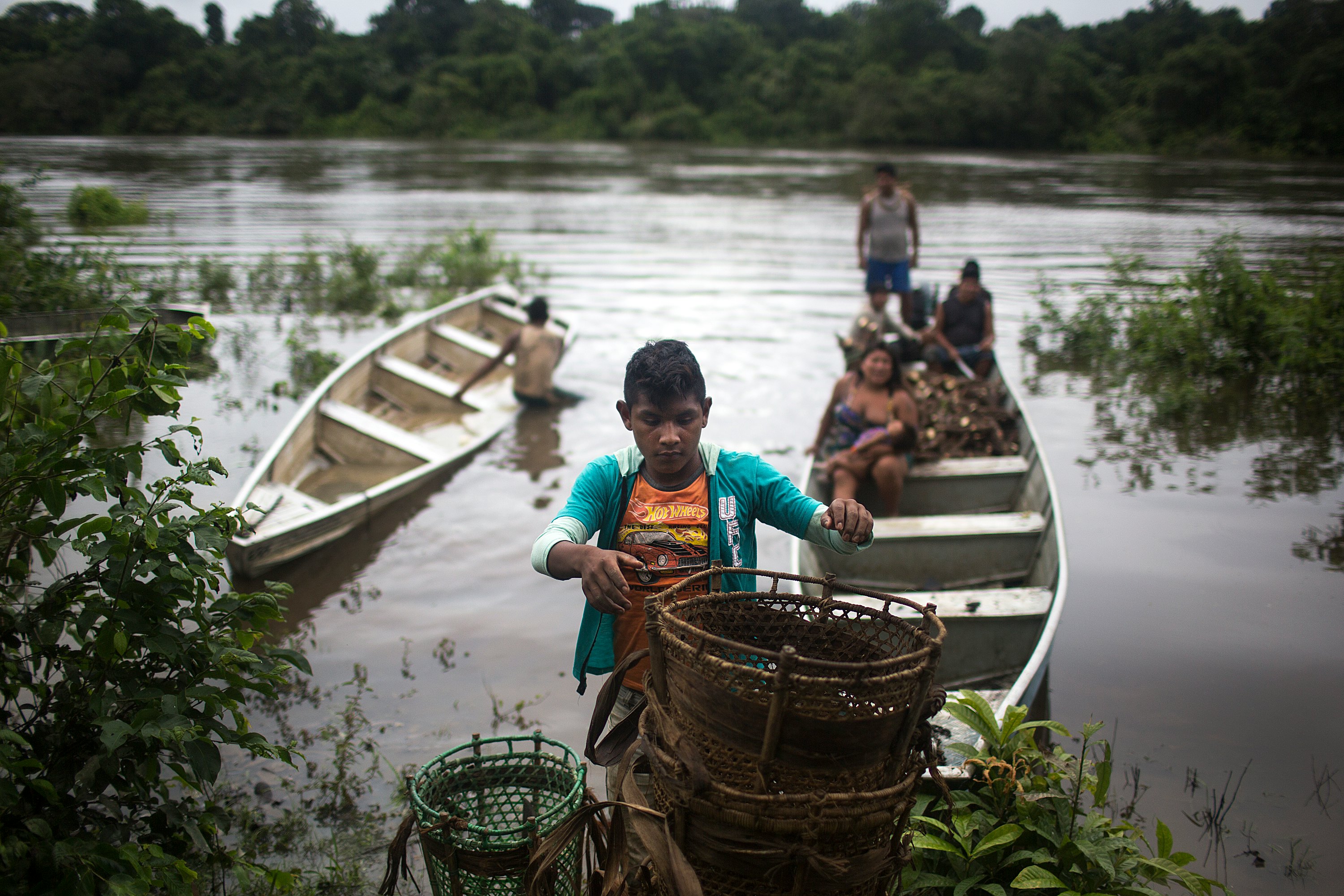
Most of the river’s flow now bypasses the Big Bend, and the Indigenous peoples who live there are watching their livelihoods and way of life become endangered. Some of the most devastating effects are during the rainy season when wildlife and trees rely heavily on having high water. The consortium of utilities and mining companies that run the dam has pushed back on government orders to allow more water to reach the Big Bend, claiming it would cut their generation and profits. The group has argued in the past that there was no scientific proof that the change in water flow harmed fish or turtles.
There is proof of the Belo Monte Dam project’s impact on the Big Bend, though — from above. Satellite data shows how dramatically the dam has altered the hydrology of the river.
The Xingu River's Big Bend after the Belo Monte Project
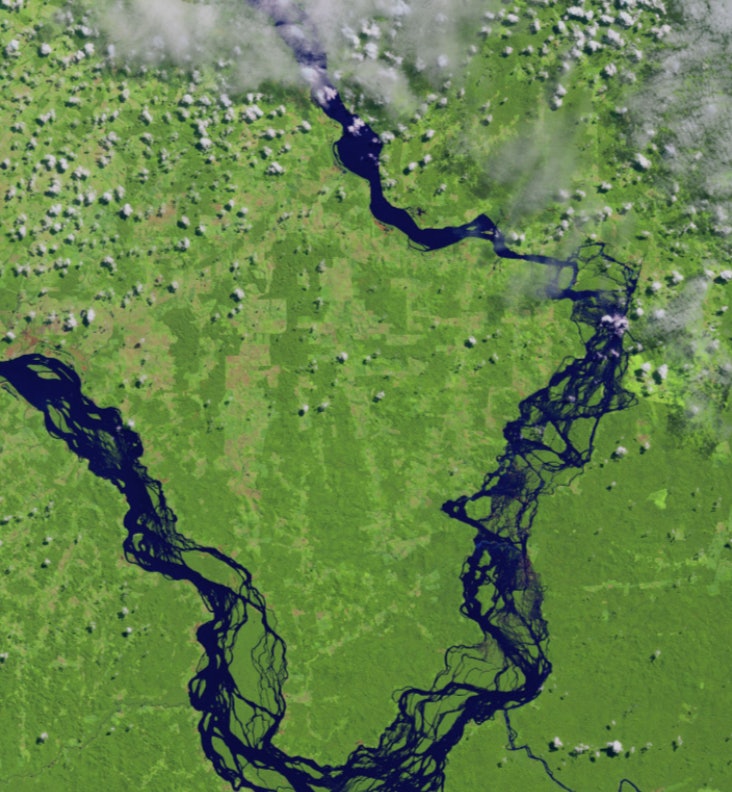
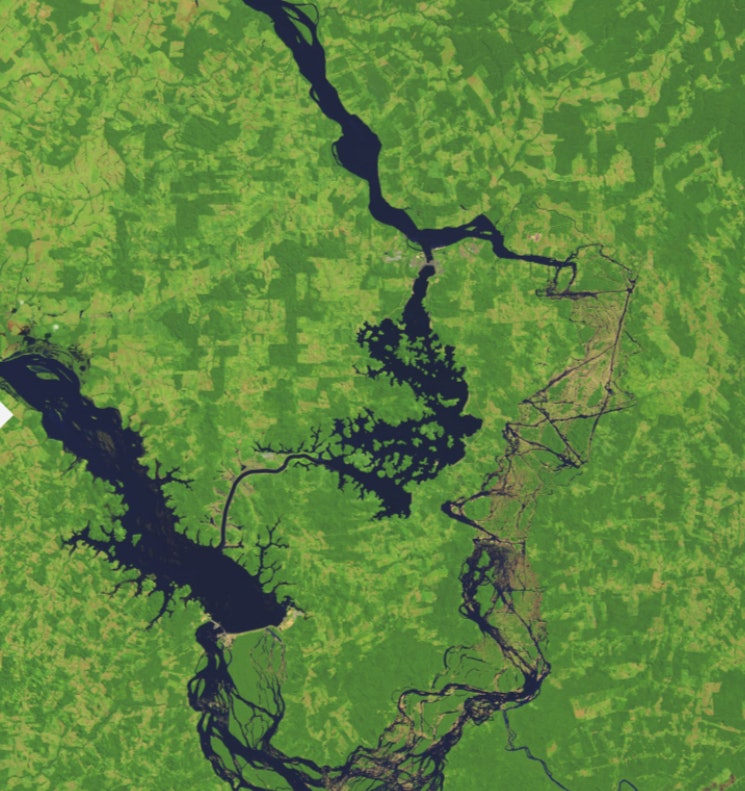
The same satellite data can also point to potential solutions and ways that operators of the Belo Monte Dam could revise the dam’s operations to keep both its renewable power and the Xingu River flowing at the most important times of the year.
As scientists who work with remote sensing, we believe satellite observations can empower populations around the world who face threats to their resources. The fact that satellite observations of surface water of the Xingu River can be clearly tied to the construction and operation of the Belo Monte Dam offers hope that this kind of knowledge can no longer be hidden.
50 years of Earth observation
Satellites have been monitoring changes in Earth’s landscapes for 50 years, ever since the U.S. launched the first Landsat satellite in July 1972. By piecing together data from the Landsat program and other satellites, scientists can reconstruct historical patterns of change in the landscape and predict current and future trends. They can monitor forest cover, drought, wildfire damage, and desert expansion, as well as river flows and reservoir operations around the world.
An example of how that data can be used to help threatened communities is the global Reservoir Assessment Tool, which was created by colleagues and one of us at the University of Washington. It monitors how much water is in about 1,600 reservoirs around the world.
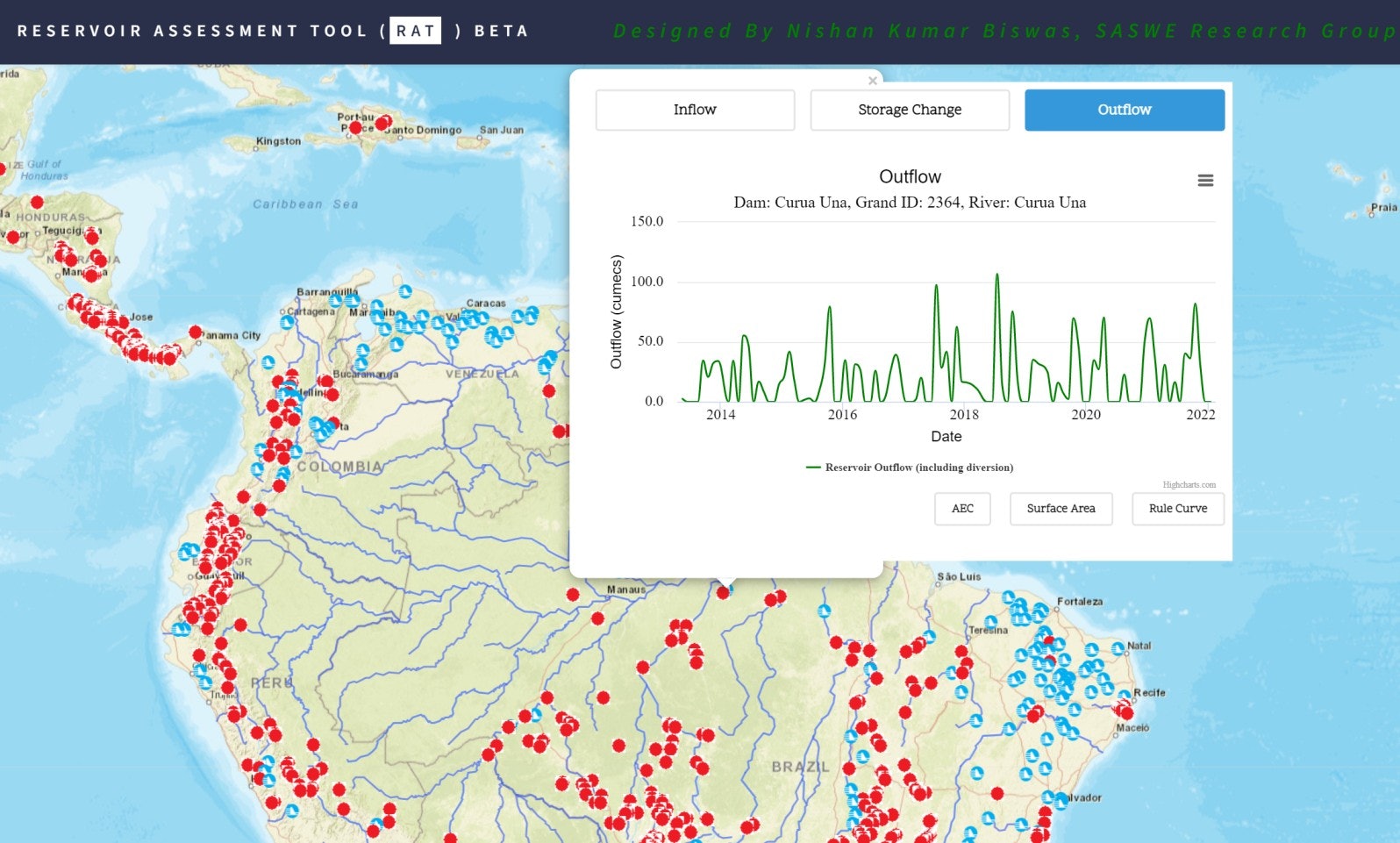
Dam operators already collect thorough on-site data about water flow, but their datasets are rarely shared with the public. Remote sensing doesn’t face the same restrictions. Making that data public can help hold operators accountable and protect local communities and their rivers.
How satellites could pressure Belo Monte to share
Satellite monitoring can provide unprecedented insight into the operations of dams like the Belo Monte and their impact on downstream populations.
Existing satellite data can be used to monitor the recent historical behavior of a dam’s operations, track the state of the river and patterns of inflow and outflow at the dam, and even forecast the likely state of the reservoir. Much of that data is easily accessible and free. For example, a tool created for the regional governing body of the Mekong River Commission is empowering communities along the river in Southeast Asia by giving them access to satellite data about water flow at each dam — data that cannot be hidden or modified by those in power.
While estimates based on remote sensing have higher uncertainty than on-site measurements, unfettered access to such information can provide local populations with evidence to argue, in court if necessary, for more water releases.
Long-term observations of dams and hydroclimate records show it is possible to revise the standard operating procedures of dams so they allow more water to flow downstream when needed. A compromise with the Belo Monte Dam could ensure that enough water flows to the Xingu’s Big Bend region while also providing hydropower benefits.
By making the impact of the Belo Monte Dam and others like it public to the world, agencies and the general public can put pressure on the dam’s operators and its investors to release more water. Public pressure will become increasingly important, as water disputes in the Amazon are expected to worsen as the planet warms and deforestation continues. Climate change will affect river flow patterns in the Amazon and likely increase droughts, leaving less water during some periods.
A tool for social justice
The Amazonian native population has declined, and dams and nearby mining operations, like those threatening the Xingu’s Big Bend region, play a role. The current Brazilian government under president Jair Bolsonaro has generally sided with wealthy landowners and industry over Indigenous peoples, making access to independent data crucial for protecting these communities.
Monitoring dams is a powerful way satellites can make a difference. Nearly two-thirds of Brazil’s electricity comes from more than 200 large and 400-plus small hydropower plants, and more large dams are expected to be built in the Amazon this decade. Many are in areas with Indigenous populations.
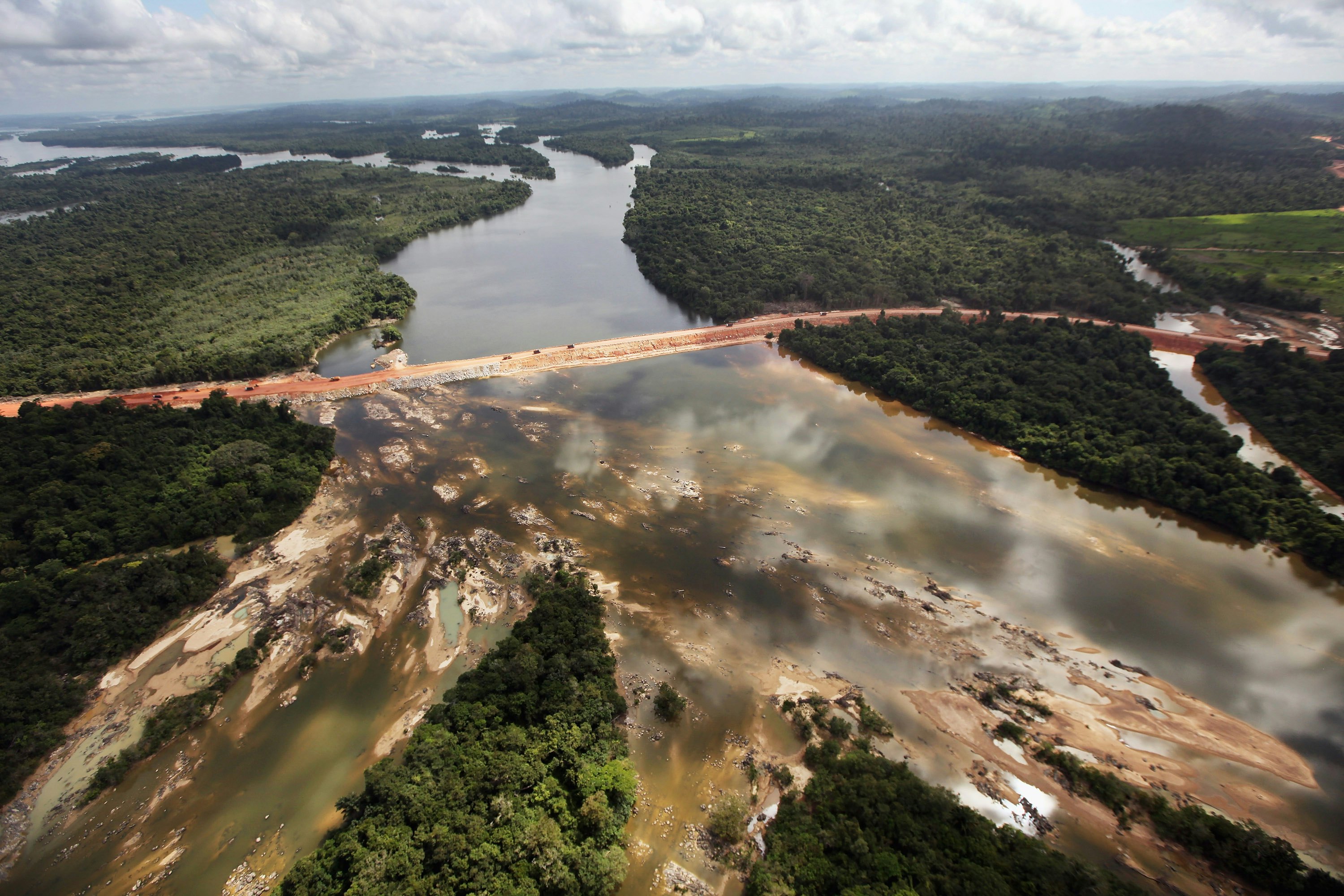
Remote sensing may not directly solve the problem of social injustice, but it offers the tools needed to recognize the problems and explore solutions. Being able to monitor changes in near-real-time and compare them with historical operations can help maintain the checks and balances required for equitable growth.
This article was originally published on The Conversation by Pritam Das, Faisal Hossain, Hörður Bragi Helgason, and Shahzaib Khan at the University of Washington. Read the original article here.







